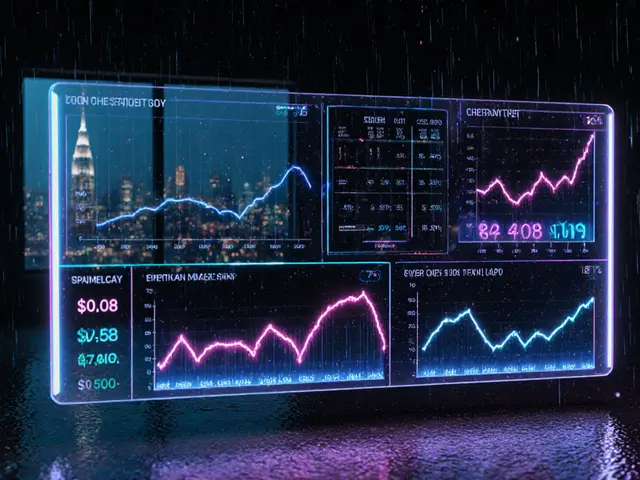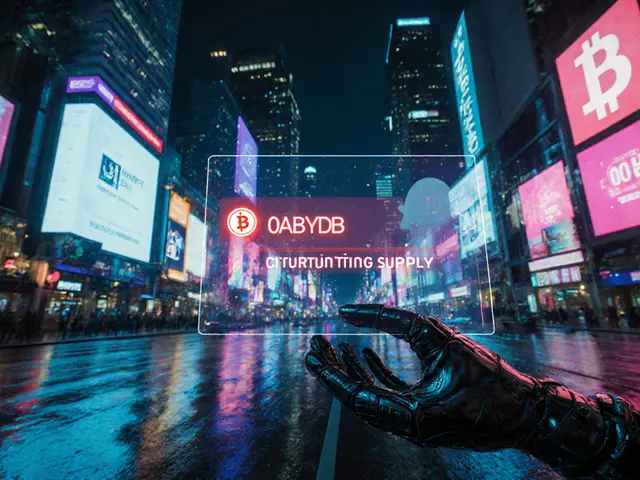
mempool: The Waiting Room Behind Every Crypto Transaction
When working with mempool, the pool where unconfirmed blockchain transactions sit before miners pick them for a block. Also known as transaction pool, it acts like a digital holding area that determines how fast your money moves.
Every transaction, a transfer of value recorded on a blockchain first lands in the mempool. From there, miners scan the list, compare the attached fee, the amount paid to incentivize a miner to include a transaction and decide which ones to pull into the next block. Higher fees usually win the race, but the exact selection rules depend on the miner, the entity that validates transactions and creates new blocks and the network’s current load.
Why the Mempool Matters
The mempool size is a real‑time signal of network congestion. When the pool swells, users experience longer waits and fees spike as everyone competes for limited block space. On Bitcoin, a full mempool can push fees from a few dollars to over $100 per transaction. Ethereum shows a similar pattern, though its gas‑price market reacts faster because blocks are smaller and the fee mechanism is different.
Fee markets aren’t static. Features like Replace‑by‑Fee (RBF) let you bump a transaction’s fee after it’s already in the mempool, essentially re‑advertising it with a higher price. This tool can rescue stuck payments, but it also adds complexity for casual users. Understanding the mempool helps you decide when to use RBF, when to set a higher fee upfront, or when to wait for network traffic to thin out.
Miner behavior adds another layer. Some miners prioritize transactions with the highest fees, while others follow a more balanced approach, mixing fee revenue with transaction age to avoid penalizing users who pay a fair but not the highest fee. Occasionally, miners may hold back blocks to time a larger fee‑burst, a strategy known as selfish mining. Knowing which miners dominate a chain can give you clues about fee dynamics.
Monitoring tools make the mempool transparent. Websites like mempool.space for Bitcoin or etherscan.io’s gas tracker for Ethereum visualize pending transactions, fee distributions, and average confirmation times. By glancing at these dashboards, you can gauge whether it’s a good moment to send a payment or whether you should hold off until the pool clears.
In practice, tracking the mempool can save you money and frustration. If you notice the pool shrinking, you might drop the fee and still get confirmed quickly. Conversely, during a spike—say, after a popular NFT drop—you’ll want to bump the fee or use a fee‑estimation service to avoid getting stuck. The mempool also informs developers building DeFi apps, as they must design smart contracts that handle fluctuating gas costs gracefully.
Below you’ll find a curated set of articles that dive deeper into mempool‑related topics: from fee strategies and miner economics to real‑world case studies across Bitcoin, Ethereum, and emerging layer‑2 solutions. Explore the collection to sharpen your transaction timing, lower costs, and stay ahead of network congestion.




